تفسير اللائحة R159: كاميرات الكشف عن المشاة بالذكاء الاصطناعي تعزز سلامة القيادة
مع تسارع وتيرة التحضر وتزايد تعقيد ظروف حركة المرور على الطرق، أصبحت سلامة المشاة وراكبي الدراجات الهوائية مصدر قلق متزايد. واستجابةً لذلك، وضعت لجنة الأمم المتحدة الاقتصادية لأوروبا (UNECE) اللائحة R159، المعروفة باسم “نظام معلومات التنقل” (MOIS). تهدف هذه اللائحة إلى تعزيز قدرة المركبات على اكتشاف المشاة من خلال وسائل تكنولوجية متقدمة، وبالتالي الحد من وقوع الحوادث المرورية. ستقدم هذه المقالة تفسيراً مفصلاً لمتطلبات اللائحة R159 وتأثيرها على صناعة السيارات.

لمحة عامة عن لائحة R159 MOIS التنظيمية
نظراً لهيكلها الأكبر حجماً والأكثر تعقيداً، تواجه المركبات التجارية مواقف قيادة خطرة فريدة من نوعها. على سبيل المثال، تتمتع الشاحنات والحافلات بنقاط عمياء كبيرة في الأمام وعلى الجانبين، مما يجعل من الصعب على السائقين رؤية المشاة وراكبي الدراجات على الطريق. بالإضافة إلى ذلك، عند الانعطاف يميناً أو يساراً، يمكن أن يشكل نصف قطر الدوران الكبير للمركبات التجارية مخاطر على المشاة وراكبي الدراجات على كلا الجانبين.
ولمعالجة هذه المشكلات، تنص لائحة السلامة العامة للاتحاد الأوروبي (GSR)، الصادرة في عام 2019، على أنه بدءاً من 6 يوليو 2022، يجب أن تكون المركبات التجارية (الفئات M2 و M3 و N2 و N3) مزودة بميزات مثل نظام الكشف عن المشاة وراكبي الدراجات الهوائية ومراقبة النقطة العمياء والمساعدة في الرجوع للخلف. تهدف هذه التدابير إلى تعزيز سلامة تشغيل المركبات التجارية بشكل كبير وحماية مستخدمي الطريق المعرضين للخطر.
دخلت لائحة أنظمة المعلومات المتنقلة (MOIS) الصادرة عن اللجنة الاقتصادية لأوروبا UN ECE R159 حيز التنفيذ في 10 يونيو 2021. وأصبحت إلزامية لطرازات الفئات M2 و M3 و N2 و N3 الجديدة اعتبارًا من 6 يوليو 2022، وستكون إلزامية للمركبات المسجلة حديثًا من الفئات M2 و M3 و N2 و N3 اعتبارًا من 7 يوليو 2024.
المتطلبات التنظيمية
وفقًا لمتطلبات لائحة R159 MOIS، يجب أن يستوفي النظام الشروط التالية:
1. نطاق الرصد
يجب أن يراقب نظام MOIS النقاط الأمامية العمياء في السيارة وأن يكون قادراً على العمل بفعالية عند السرعات المنخفضة (من 0 إلى 10 كيلومترات في الساعة) لمنع الاصطدام بالمشاة أو راكبي الدراجات.
2. أنواع المركبات القابلة للتطبيق
تنطبق هذه اللائحة على المركبات من الفئات M2 و M3 و N2 و N3، والتي تغطي مجموعة من الطرازات من الشاحنات الصغيرة إلى الشاحنات الكبيرة.
3. طرق التحذير
عندما يكتشف نظام MOIS وجود مشاة أو راكبي دراجات أمام السيارة، يمكنه تنبيه السائق باستخدام إشارات بصرية أو صوتية أو لمسية أو مزيج من الإشارات لضمان اتخاذ السائق إجراءً في الوقت المناسب.
4. نطاق الكشف
يجب أن يتمتع نظام MOIS بمدى كشف فعال يتراوح بين 80 سنتيمتراً و3.7 أمتار أمام المصد الأمامي للسيارة (الطول الإجمالي 4.5 أمتار). وهذا يضمن إمكانية اكتشاف المشاة أو راكبي الدراجات الهوائية حتى على مسافات قريبة.
5. الحد الأدنى لعرض الكشف
لتغطية أكبر عدد ممكن من المشاة وراكبي الدراجات، تم تحديد الحد الأدنى لعرض الكشف في نظام MOIS بـ 4.3 أمتار. وهذا يساعد على ضمان الكشف الفعال حتى على الطرق الأوسع.
6. التنفيذ التقني
لتلبية المتطلبات المذكورة أعلاه، تحتاج الشركات المصنعة للمركبات إلى استخدام تقنيات وخوارزميات استشعار متقدمة لتمكين وظائف نظام معلومات المركبات الذكية. قد يشمل ذلك، على سبيل المثال لا الحصر:
(1)تقنية الرادار: استخدام موجات الرادار للكشف عن الأجسام الموجودة أمام المركبة، وحساب مسافة الأجسام بناءً على التأخير الزمني للموجات المنعكسة.
(2) أنظمة الكاميرات: الجمع بين تقنية الرؤية الحاسوبية للتعرف على المشاة وراكبي الدراجات الهوائية من خلال تحليل الصور الملتقطة بواسطة الكاميرات.
(3)أجهزة الاستشعار بالموجات فوق الصوتية: مناسبة للكشف قصير المدى، وفعالة بشكل خاص للكشف عن العوائق عن قرب أثناء المناورات منخفضة السرعة.
كاميرا LUVIEW JY-814 بالذكاء الاصطناعي
استجابةً للوائح R158 / R159، طرحت LUVIEW مؤخرًا كاميرا JY-814 المزودة بالذكاء الاصطناعي. تتميز الكاميرا، المزودة بنماذج خوارزمية ذكاء اصطناعي قوية، بإعدادات قائمة مدمجة لاستيعاب سيناريوهات التطبيق المختلفة للوائح R158/R159. تتضمن كاميرا الذكاء الاصطناعي JY-814 إمكانات الكشف عن المشاة والمركبات وتوفر إشارات تحذيرية مسموعة ومرئية لتنبيه السائقين بشأن المشاة والمركبات المقتربة من الأمام والخلف. كما تدعم الكاميرا أيضًا وظائف الاتصال الخارجي بشبكة WiFi والترقية، مما يسمح للمستخدمين بتهيئة إعدادات الكاميرا، بما في ذلك الإعدادات القياسية والانعكاس والدوران، عبر شبكة WiFi.
الخاتمة
يعكس وضع لائحة R159 MOIS التزام المجتمع الدولي القوي بالسلامة المرورية. ومع تقدم التكنولوجيا، تتوقع "لوفيو" ظهور المزيد من اللوائح المماثلة في المستقبل، مما يعزز تطوير أنظمة النقل الذكية ويخلق بيئة مرورية أكثر أماناً وفعالية على الطرقات. كمستهلكين، عند اختيار سيارة جديدة، من المستحسن أيضاً التركيز على ما إذا كانت السيارة مجهزة بأنظمة تلبي معايير وزارة النقل الذكي لضمان سلامة النفس والآخرين.

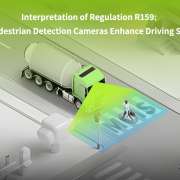




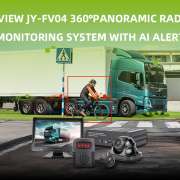
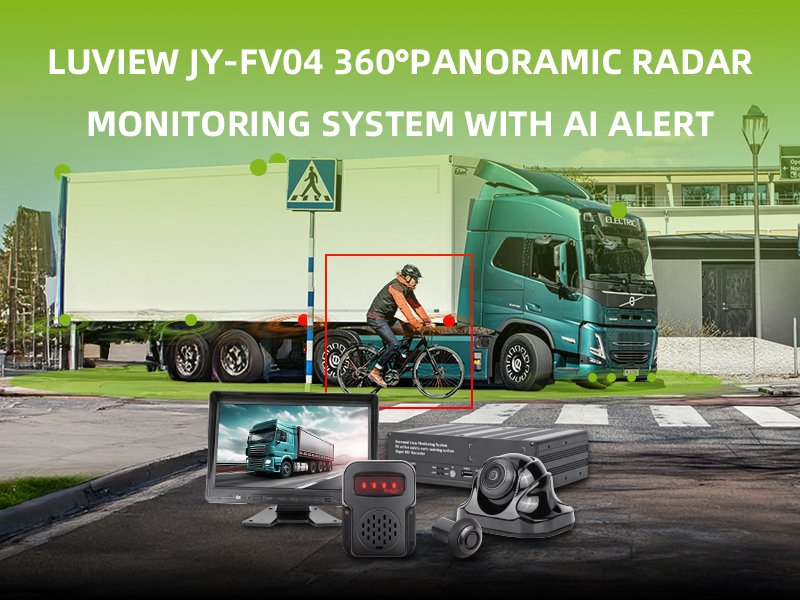 مقدمة
مقدمة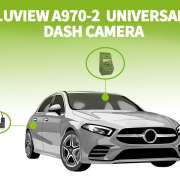
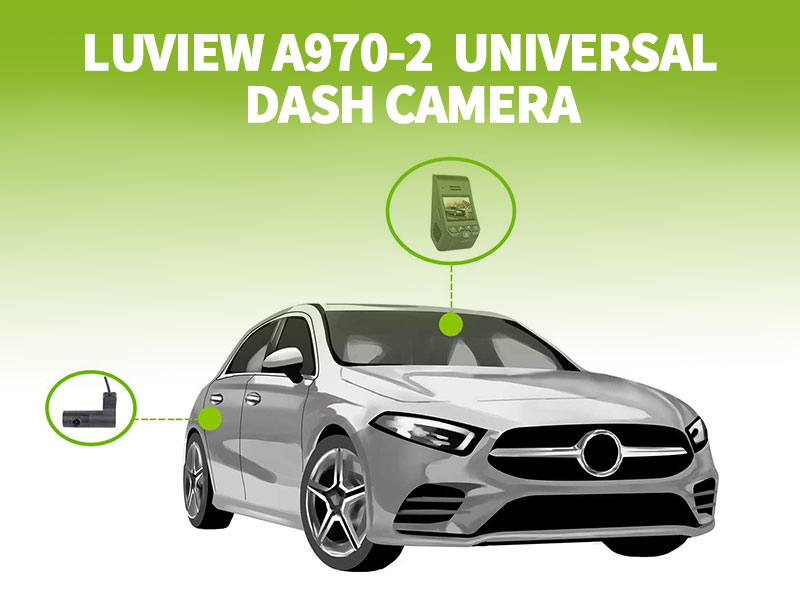 تقدم لك LUVIEW كاميرا لوحة القيادة A970-2 الجديدة. تدمج كاميرا لوحة القيادة هذه بين المراقبة المتقدمة لركن السيارة والتسجيل عالي الوضوح وميزات حماية السلامة، مما يوفر حماية شاملة لسيارتك.
تقدم لك LUVIEW كاميرا لوحة القيادة A970-2 الجديدة. تدمج كاميرا لوحة القيادة هذه بين المراقبة المتقدمة لركن السيارة والتسجيل عالي الوضوح وميزات حماية السلامة، مما يوفر حماية شاملة لسيارتك.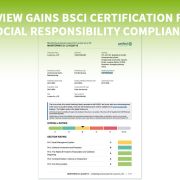
 يسر لوفو أن تعلن عن حصولنا على شهادة مبادرة الامتثال الاجتماعي للأعمال (BSCI). لا تؤكد هذه الشهادة على التزامنا بالمسؤولية الاجتماعية والتنمية المستدامة فحسب، بل تدل أيضاً على تفانينا في الحفاظ على معايير عالية.
يسر لوفو أن تعلن عن حصولنا على شهادة مبادرة الامتثال الاجتماعي للأعمال (BSCI). لا تؤكد هذه الشهادة على التزامنا بالمسؤولية الاجتماعية والتنمية المستدامة فحسب، بل تدل أيضاً على تفانينا في الحفاظ على معايير عالية.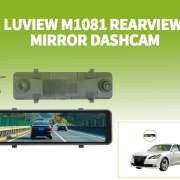
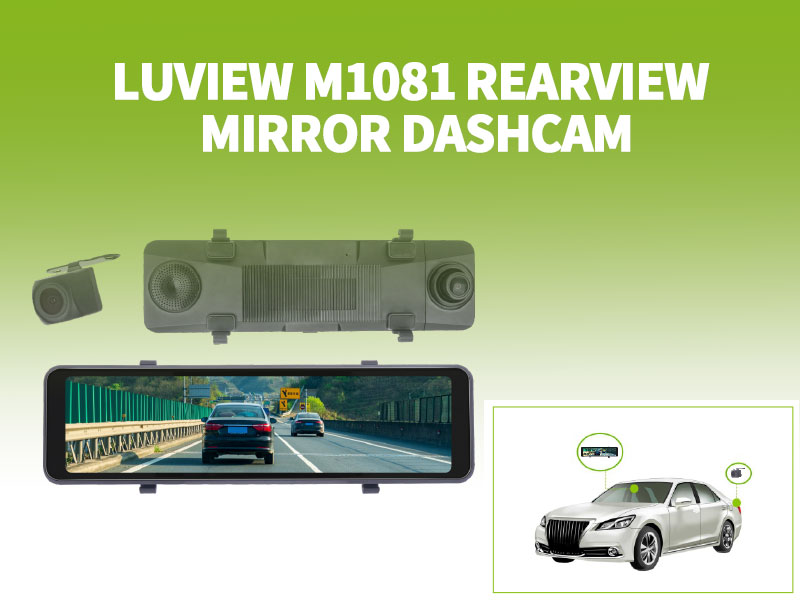 تشمل التحديات الشائعة التي يواجهها السائقون الازدحام المروري في المناطق الحضرية، والحاجة إلى تغيير المسار بسرعة، وصعوبات ركن السيارة، والظروف الجوية السيئة، والقيادة الليلية غير الآمنة، والنقاط العمياء الكبيرة. في هذه المواقف، هل يمكن لمرايا الرؤية الخلفية التقليدية توفير رؤية كافية وضمان السلامة؟ هل يزيد ذلك من المخاطر التي يتعرض لها السائقون؟
تشمل التحديات الشائعة التي يواجهها السائقون الازدحام المروري في المناطق الحضرية، والحاجة إلى تغيير المسار بسرعة، وصعوبات ركن السيارة، والظروف الجوية السيئة، والقيادة الليلية غير الآمنة، والنقاط العمياء الكبيرة. في هذه المواقف، هل يمكن لمرايا الرؤية الخلفية التقليدية توفير رؤية كافية وضمان السلامة؟ هل يزيد ذلك من المخاطر التي يتعرض لها السائقون؟
















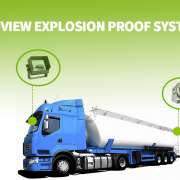
 في قطاعات الصناعة والنقل الحديثة، تُعد السلامة دائمًا أولوية قصوى. في البيئات القابلة للاشتعال والمتفجرة والخطرة، يعد تطبيق الأنظمة المقاومة للانفجار أمرًا بالغ الأهمية بشكل خاص. تشمل هذه البيئات سيناريوهات مثل ناقلات النفط، ومركبات الغاز الطبيعي، وشاحنات الإطفاء، والمركبات العسكرية، والسفن، وغيرها من الأماكن التي توجد فيها مخاطر الانفجار. تعالج أنظمة الكاميرا المقاومة للانفجار في المقام الأول مشكلة النقاط العمياء التي يواجهها السائقون في مثل هذه البيئات الخطرة.
في قطاعات الصناعة والنقل الحديثة، تُعد السلامة دائمًا أولوية قصوى. في البيئات القابلة للاشتعال والمتفجرة والخطرة، يعد تطبيق الأنظمة المقاومة للانفجار أمرًا بالغ الأهمية بشكل خاص. تشمل هذه البيئات سيناريوهات مثل ناقلات النفط، ومركبات الغاز الطبيعي، وشاحنات الإطفاء، والمركبات العسكرية، والسفن، وغيرها من الأماكن التي توجد فيها مخاطر الانفجار. تعالج أنظمة الكاميرا المقاومة للانفجار في المقام الأول مشكلة النقاط العمياء التي يواجهها السائقون في مثل هذه البيئات الخطرة.



 معرض AGRITECHNICA ASIA هو منصة في تايلاند تجمع الآلات الزراعية العالمية وحلول التكنولوجيا الزراعية. يستقطب هذا المعرض العارضين والزوار من جميع أنحاء العالم، ويوفر للمهنيين الزراعيين فرصًا لاستكشاف الآلات والتقنيات الزراعية المتقدمة، مما يسهل التبادل والتعاون. والهدف منه هو تعزيز كفاءة وجودة الإنتاج الزراعي. سيقام المعرض في الفترة من 22 إلى 24 مايو. وباعتبارها خبيرة في الحلول الزراعية، ستقدم شركة Luview سلسلة من أحدث حلول كفاءة الآلات الزراعية وأنظمة كاميرات الرؤية الخلفية لسلامة السيارات للمشاركة في المناقشات والتبادلات مع العارضين والزوار من جميع أنحاء العالم لمدة ثلاثة أيام.
معرض AGRITECHNICA ASIA هو منصة في تايلاند تجمع الآلات الزراعية العالمية وحلول التكنولوجيا الزراعية. يستقطب هذا المعرض العارضين والزوار من جميع أنحاء العالم، ويوفر للمهنيين الزراعيين فرصًا لاستكشاف الآلات والتقنيات الزراعية المتقدمة، مما يسهل التبادل والتعاون. والهدف منه هو تعزيز كفاءة وجودة الإنتاج الزراعي. سيقام المعرض في الفترة من 22 إلى 24 مايو. وباعتبارها خبيرة في الحلول الزراعية، ستقدم شركة Luview سلسلة من أحدث حلول كفاءة الآلات الزراعية وأنظمة كاميرات الرؤية الخلفية لسلامة السيارات للمشاركة في المناقشات والتبادلات مع العارضين والزوار من جميع أنحاء العالم لمدة ثلاثة أيام.